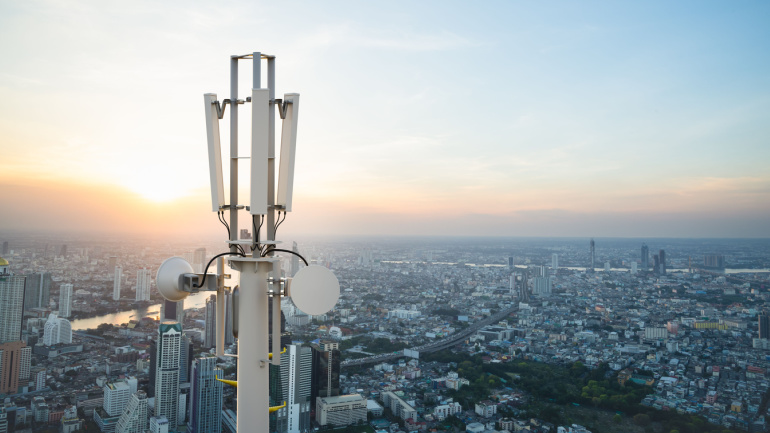Mobile network operators (MNOs) have a growing problem on their hands. 5G rollouts are proving complex and expensive, making it difficult to scale and meet the growing demand for data consumption. Several hundred million people and connected devices are becoming new mobile broadband subscribers every year, translating into more and more ‘work’ and ‘play’ connectivity use-cases. This has cast ubiquitous coverage as an expectation of telcos that the industry, frankly, isn’t on track to meet.
Many telcos have looked to the creation of TowerCos or infrastructure ventures in the past to expedite network buildouts and reduce capital expenditure costs. Such collaboration with other network service providers has seen the sharing of infrastructure, forming the backbone of networks.
More infrastructure sharing will be an appealing prospect for many MNOs today. However, in the context of 5G rollouts, legacy approaches to infrastructure site sharing risk delivering reduced costs, better quality of service, and quicker go-to market times for new services. Thankfully, there’s an effective, modern alternative to the tried and tested joint venture approach in the form of shared infrastructure, hosted and maintained by neutral providers, that MNOs can tap into to accelerate 5G rollouts without more self-building.
Collaborative projects with neutral host providers go beyond telcos. Municipalities, transit authorities, and even marquee venue owners are looking at solutions that can boost mobile coverage in the outdoor and indoor spaces they’re responsible for, bringing about positive outcomes like improved mobile user experience for individuals and more seamless connectivity for enterprises. These projects have resulted in expanded fiber network backbones, distributed antenna systems, shared tower sites, and installations of versatile small cells – small radio antennas positioned closer to the ground and customers that are rapidly emerging as a means to densify and improve 5G networks. According to IDTechEx, 45 million 5G small cells will be installed by 2031, key to much-needed 5G densification in metropolitan areas.
Collaboration with shared network providers enables a diverse cast of organizations to ensure 5G is delivered in the right way, with the right aesthetic, to a standard that meets end-user demand and expectations.
For MNOs, it may feel intuitive to view any alternative network rollout as opposition to their own efforts. However, rigidly sticking to a perspective of “my network VS the rest of the world’s” is a mistake given today’s backdrop of 5G. Scaling up more quickly to meet increased customer demand is expensive, and the return on investment in doing so isn’t always forthcoming. MNOs also face difficulties in utilizing their limited 5G spectrum holding to best effect without compromising network consistency or reach.
Faced with these challenges, MNOs need to recognize that infrastructure ownership is no longer a requirement or source of long-term competitive advantage. Active sharing of infrastructure is the next source of operational efficiency and coverage assurance.
It’s no longer the sole responsibility of the telecoms industry to bring connectivity where it’s most needed. To adapt to emerging connectivity needs and requirements, MNOs need to adjust to this new reality by working with modern, shared infrastructure providers behind the bespoke rollouts that are bringing us closer to truly smarter, connected communities that simplify connectivity to the benefit of citizens and enterprises in complex environments.
For MNOs, working with a shared network infrastructure provider goes beyond simply outsourcing network rollouts. It’s an opportunity to off-load massively time-intensive tasks, from securing access to real estate to dealing with local authorities to applying for required approvals.
MNOs also need to take a long view on collaboration with shared infrastructure players.







